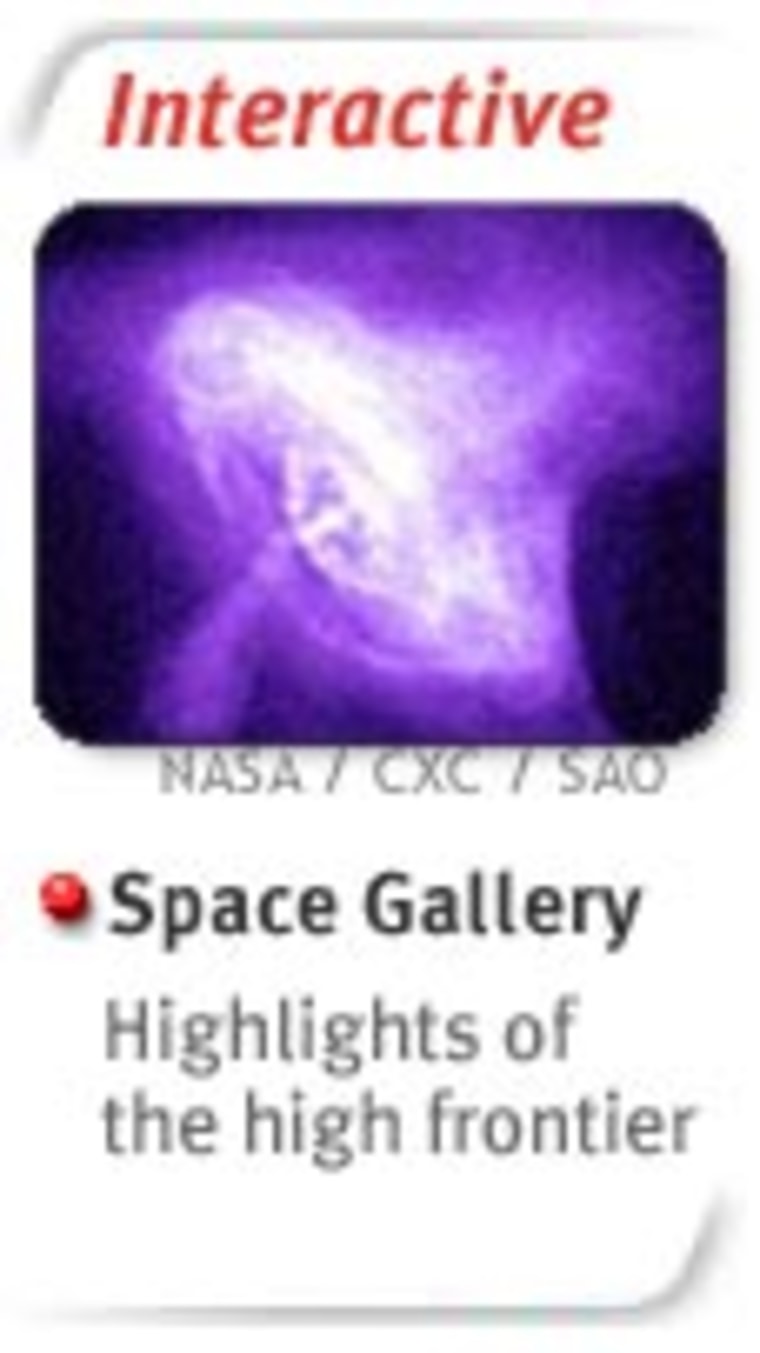The mission: to build a telescope mirror capable of detecting the first light of the universe that burst forth about 11 billion years ago, but is invisible to human eyes. And, while you’re at it, make the mirror capable of soaring almost a million miles from the Earth, but sturdy enough that it bends less than the width of a human hair.

DOES THAT sound like science fiction? In a tucked-away workspace at Marshall Space Flight Center, NASA technicians are testing two prototypes for a mirror designed to do just that.
The $824.8 million James E. Webb Space Telescope isn’t scheduled for launch until 2011. But the successor to the Hubble Space Telescope already is eight years in the making, as technology needed time to catch up with scientists’ vision.
“We call it the giggle factor. When you first start talking about putting a mirror like this in space, people laugh at you,” said Philip Stahl, a Marshall scientist in charge of making sure the telescope’s optics work properly on orbit.
The Webb Telescope — named for the NASA administrator during the Apollo lunar exploration program — is managed by Goddard Space Flight Center in Maryland, with Northrop Grumman Space Technology as the lead contractor. NASA plans to choose one of the competing mirror prototypes, built by Eastman Kodak Co. and Ball Aerospace, by early fall.
The Marshall center was chosen to test the mirrors because it has a test chamber big enough to hold the mirrors, which are about as tall as a two-story house, and capable of reaching the super-cold temperatures they would face in outer space — about minus 370 degrees Fahrenheit (-223 degrees Celsius).
BEST WHEN COLD
Because the telescope seeks invisible infrared, or heat, radiation, it must be placed in a cold location in space to avoid emitting — and thus detecting — its own heat, Stahl said.
“It’s sort of like trying to drive into a sunset,” he said. “It’s hard to see the road when you’ve got a lot of stray light. And particularly if you had a dirty window ... a lot of bug spatter on the car. That would cause you to have a hard time trying to see the image.”
To stay cold, the telescope has to be sent some 940,000 miles (1.5 million kilometers) from the Earth — four times farther away than the moon is. Astronauts can’t travel that far into space, so NASA will have limited ability to correct problems with the mirrors once the telescope is in orbit, Stahl said.
That fact, coupled with the very public problems the space agency had with the initial images from the much-hyped Hubble, make for a great deal of testing on the ground.
“I like to say, we’re not going to repeat the mistakes that were learned on the Hubble with the James Webb. We’re going to make our own mistakes,” Stahl said. “We don’t know what they are yet, but I promise the taxpayers that there will be mistakes, because you can’t do what we’re doing and not make a mistake.”
One safeguard in case of a big mistake is the relatively low cost. A price tag of $800 million might not sound like a bargain, but it’s less than the cost of two manned service missions to the Hubble, which are about $500 million each.
Still, the idea is to get it right the first time with extensive testing. Part of those tests include trying to predict how the telescope will bend and warp under such cold temperatures and without the effects of gravity. The margin for error is infinitesimal: The problem with the Hubble, Stahl said, was a matter of 6 microns of variation in the flatness of the mirror; the average human hair is about 200 microns wide.
Put another way, if the mirror were the size of the continental United States, the tallest mountain could be only the height of a softball, or about 4 inches (10 centimeters).
FARTHEST REACHES OF SPACE
These are mind-boggling measurements and problems, but consider the goal of the Webb Telescope. It will begin looking at the farthest reaches of space observed by the Hubble and try to see 10 billion to 11 billion light years away. Scientists believe that will put them within a half-billion years of the first light of the universe.
Astronomers believe it’s that first light — caused by the explosions of the first stars, some 2 billion years after the Big Bang — that created the elements needed for life: carbon, oxygen, nitrogen and more.
“After that point you can start forming planets, and most importantly start forming organic molecules from which our type of life originated,” said Dimitar Sasselov, an astronomer with the Harvard University-Smithsonian Center for Astrophysics.
Sasselov, who studies planets outside our solar system, said the Webb Telescope will help astronomers look for the “signatures of atmospheres and hopefully biological activity” on other planets.
John Mather, senior project scientist for the Webb Telescope at NASA’s Goddard Space Flight Center, said that while the new telescope will help astronomers fill in some gaps in the knowledge about life’s origin, it will have its limitations. Future space telescopes scheduled for launch in 2020 and beyond already are being conceived.
“We will certainly make a step. We certainly will not make the end,” Mather said. “We’re primarily aimed at the early universe, so it takes a little bit different equipment to do a good job on planets and life.”
Still, Sasselov looks forward to the work he and other astronomers will be able to do once the Webb Telescope is in orbit. In the meantime, he’s content to seek the planets he’ll study when that day comes.
“Eight more years in the 10 billion years that light travels is nothing,” he said. “I am patient enough to wait for that.”
© 2003 Associated Press. All rights reserved. This material may not be published, broadcast, rewritten or redistributed.